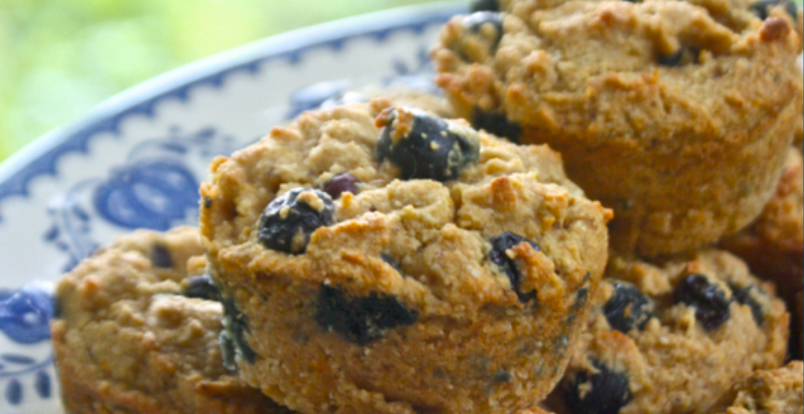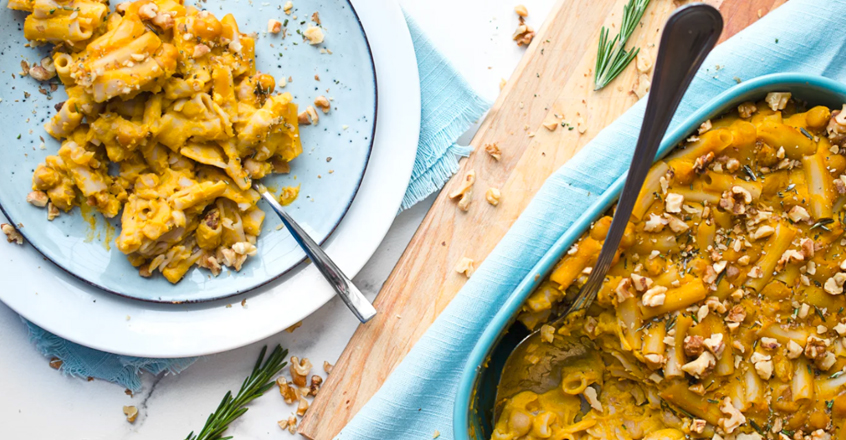
Summer is coming to a close. While kids might be crying as they say goodbye to sleeping in and regular trips to the pool, parents are likely craving the school-day routine. With a return to a predictable schedule and structure, this is a great time of year to get back to healthy eating. Here are 3 tips and 8 recipes to help kick off a delicious and nutritious plant-based school year.
Part of the resistance of getting kids to make healthy food choices centers on how involved they are with the decision. Like adults, kids don’t want to be told what to do. Give them free-reign though, and they’re likely to pile on the junk food. Find a middle ground by offering them a few different healthy options. From there, they can make their own choices depending on their moods and tastes. Some ideas for the school day:
Use these recipes to get you started, then experiment to create your own variations:
Junk food can be incredibly enticing. Whether it’s the vending machines at school, the nearby convenience store, or just the pantry at a friend’s house, the temptation is everywhere. Rather than trying to fight candy bars with carrot sticks, make healthier versions of their favorite treats. These recipes use whole ingredients, limiting the amount of refined sugars and oils. Plus, getting your child involved in the process can help them understand nutrition while building confidence with cooking.

Vegan Blueberry Loaded Muffins
When schedules get hectic, food choices often become more dependent on convenience. It’s much quicker and easier to grab a drink pouch or bag of chips than to make a smoothie or bake sweet potato wedges. Planning ahead with a few easy tricks can help you fight hunger emergencies:
These healthy recipes make great leftovers:

Rosemary and Garlic Baked Butternut Squash Pasta
Copyright 2024 Center for Nutrition Studies. All rights reserved.
